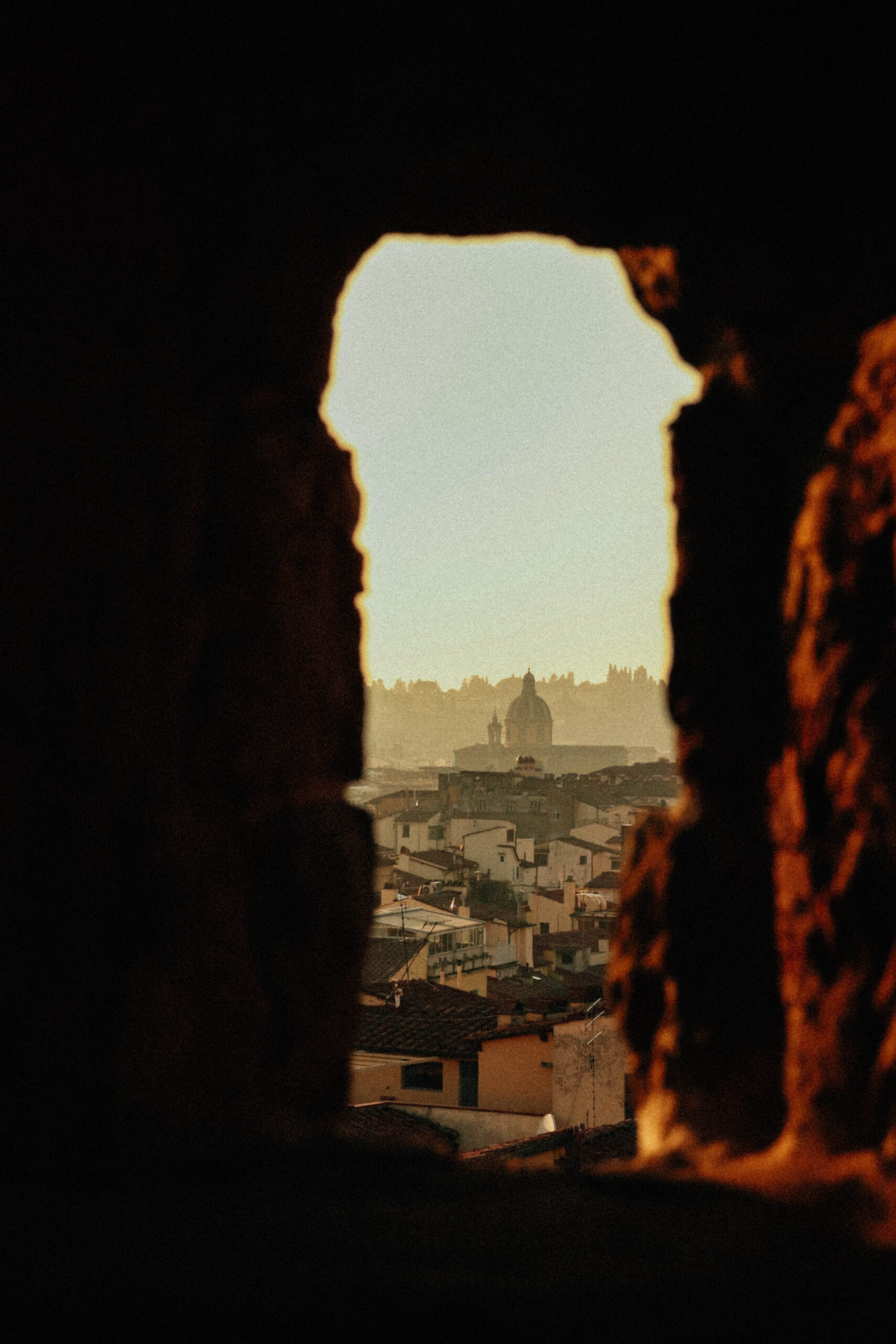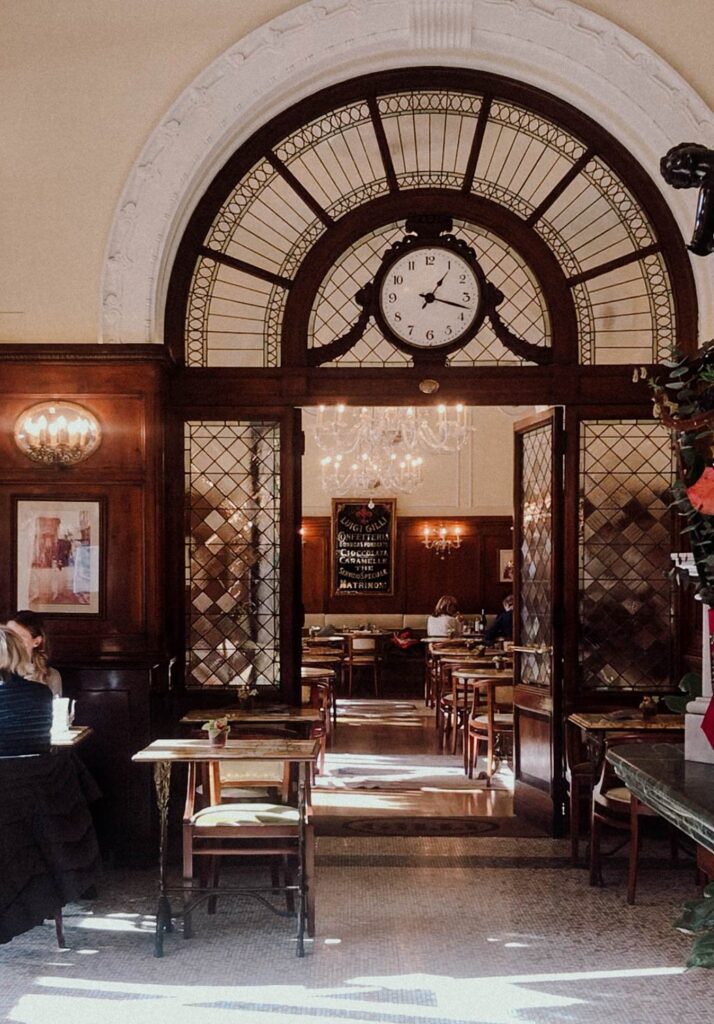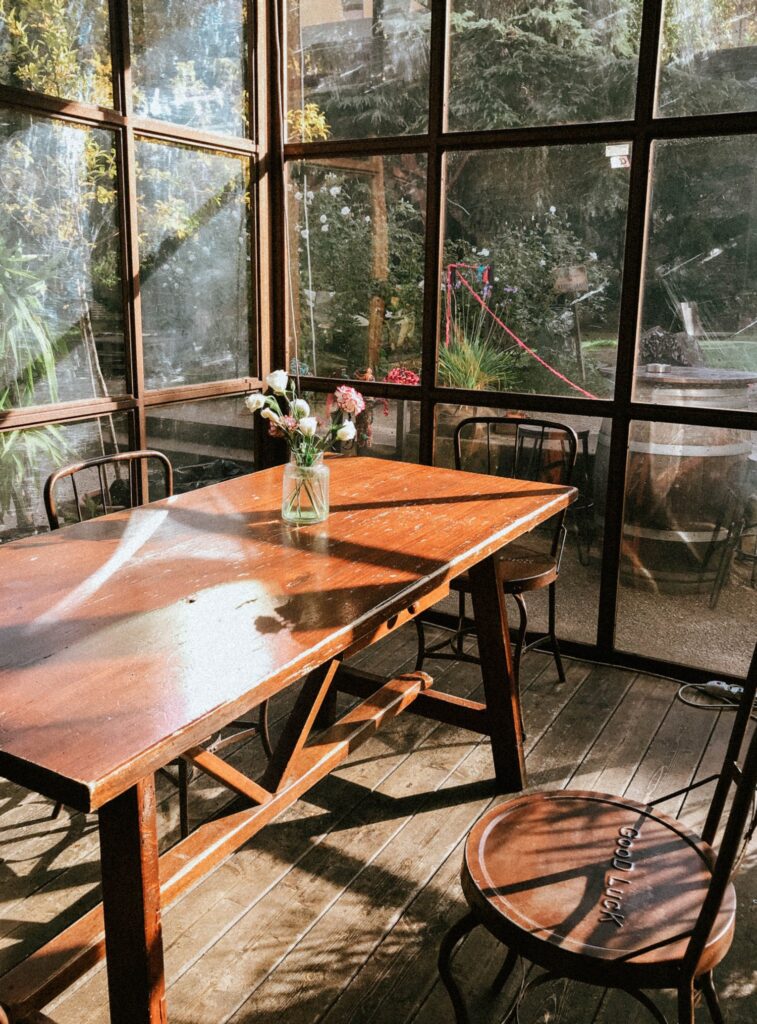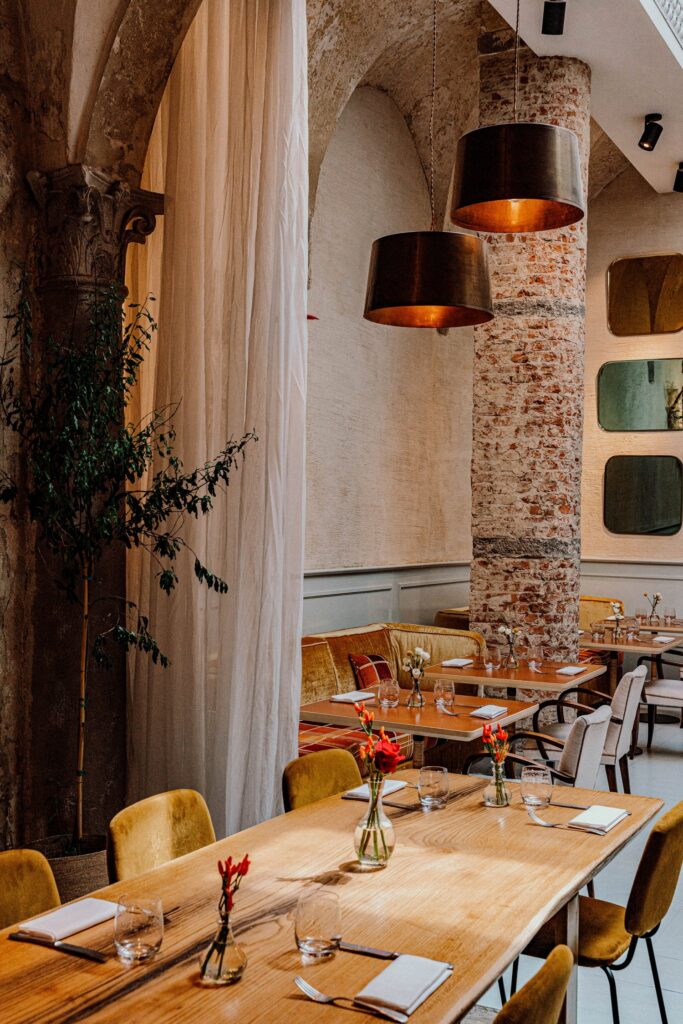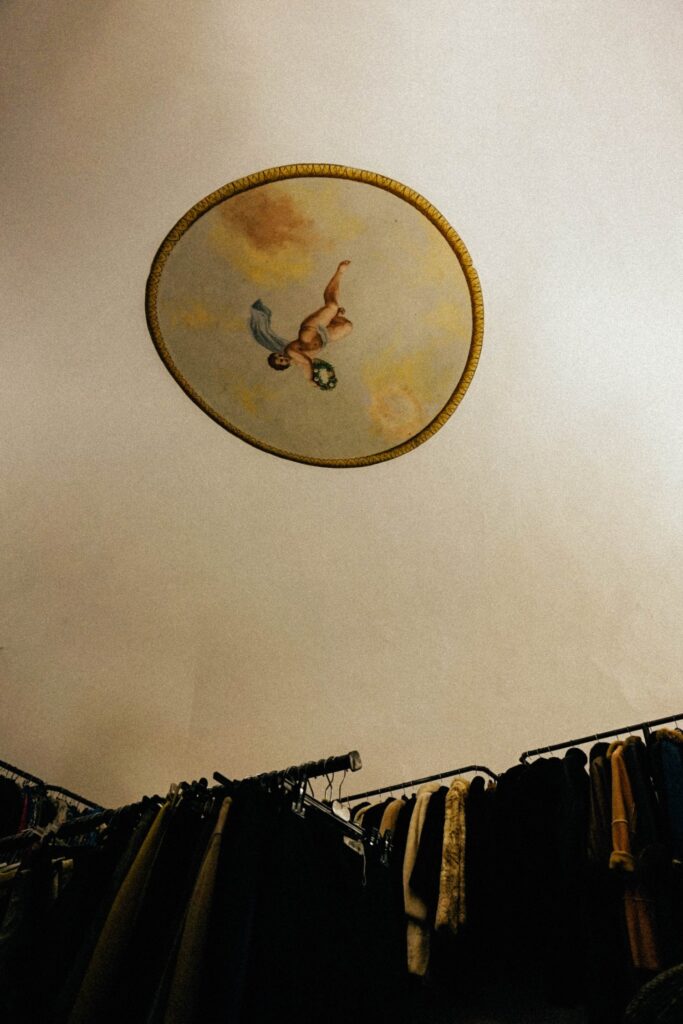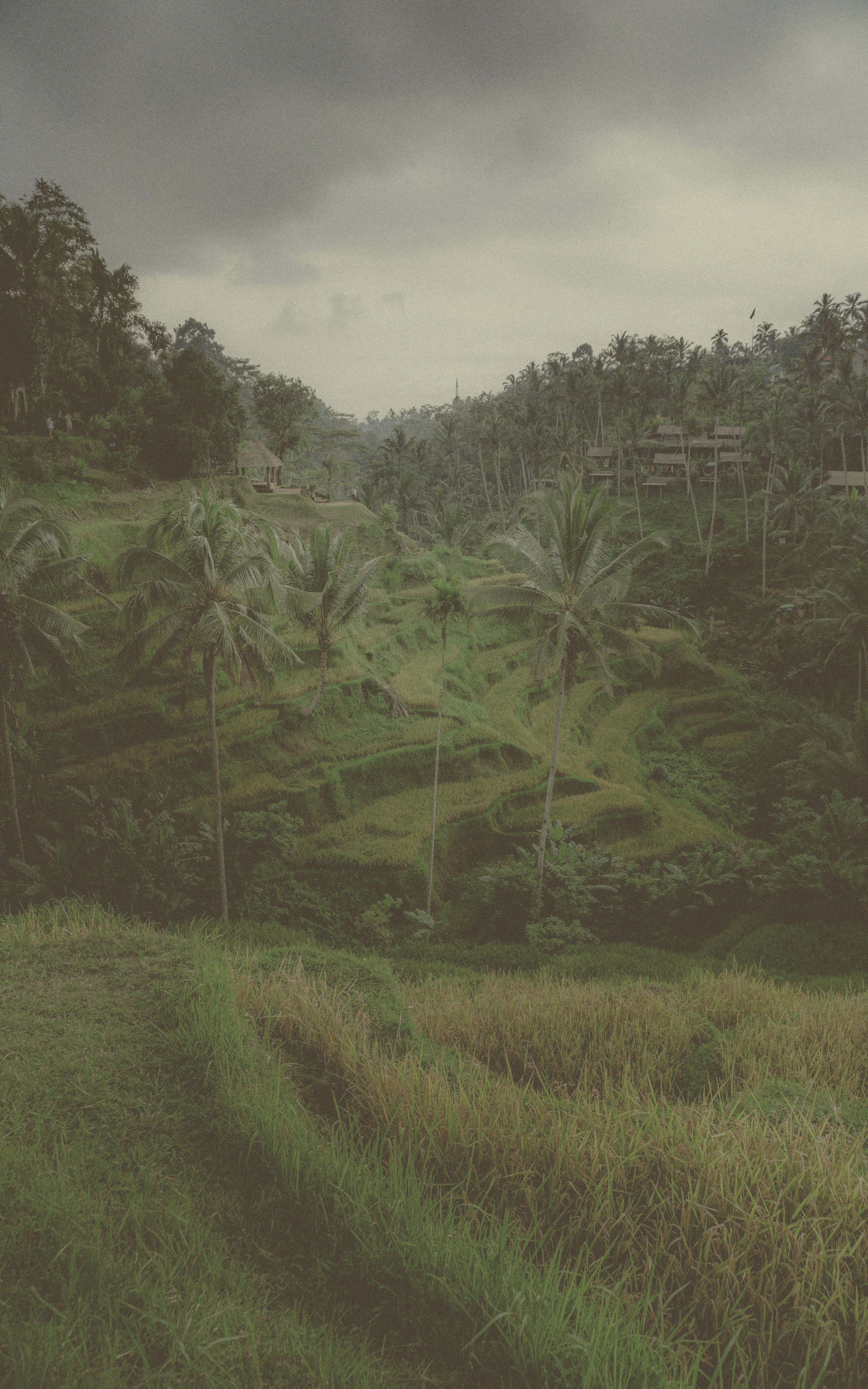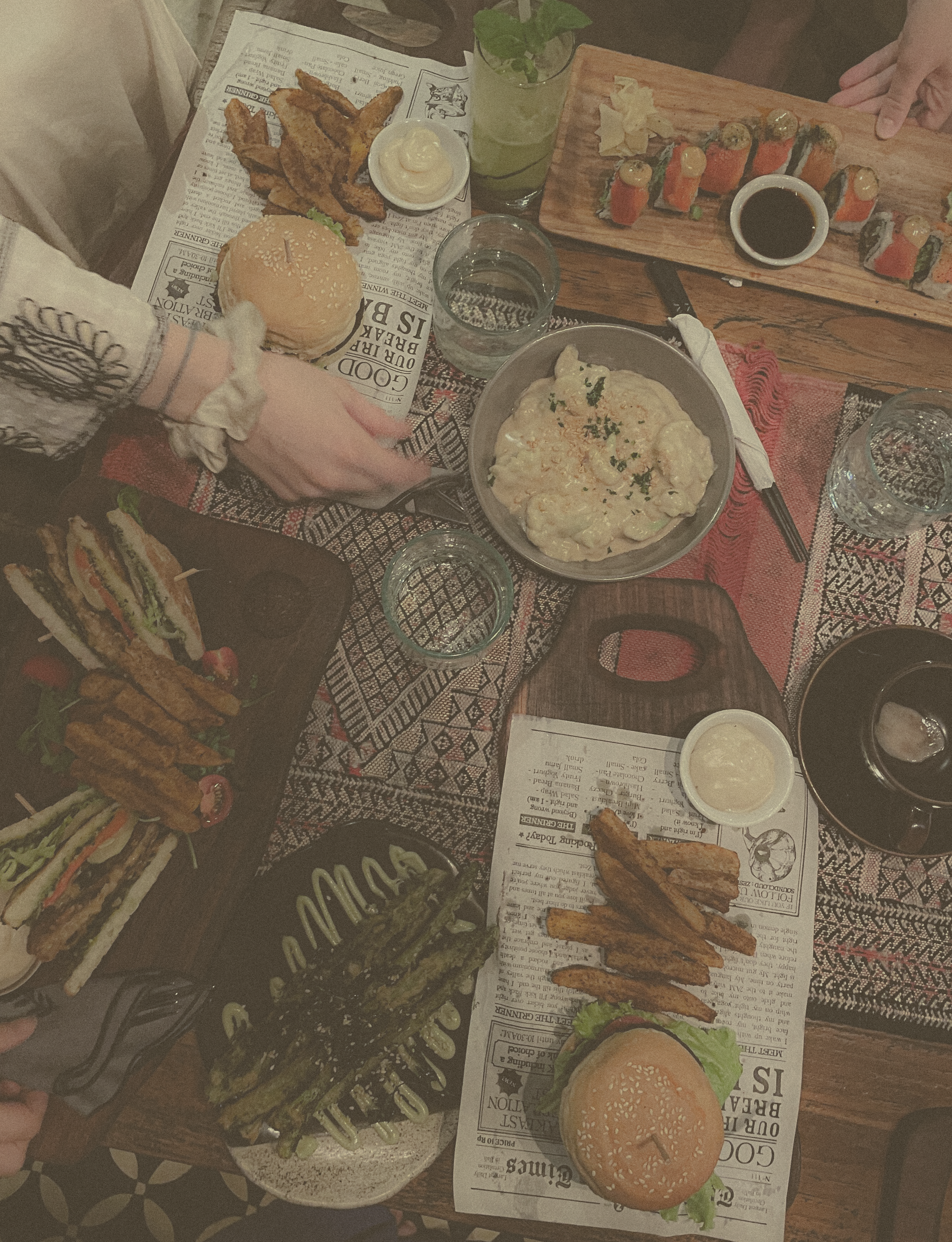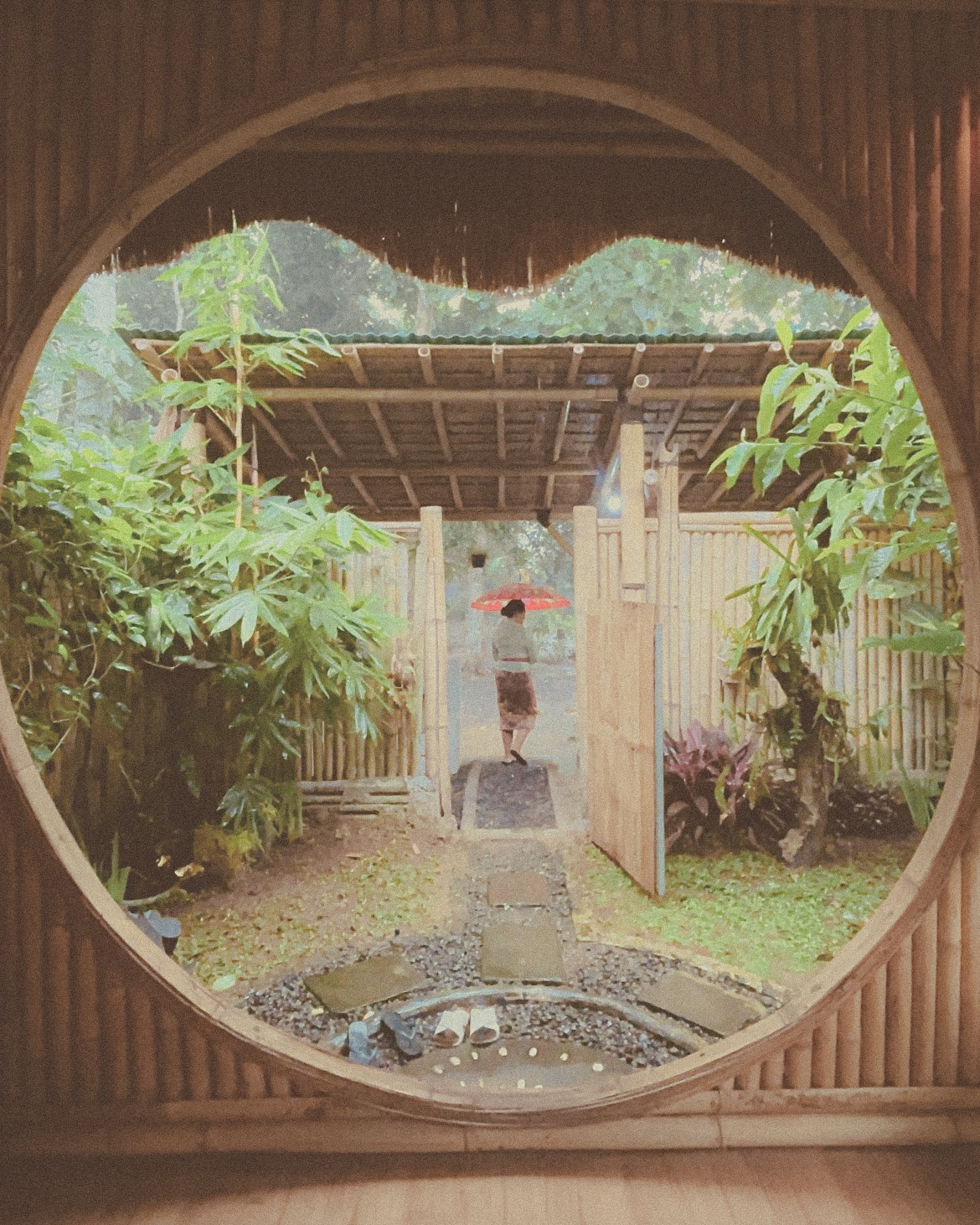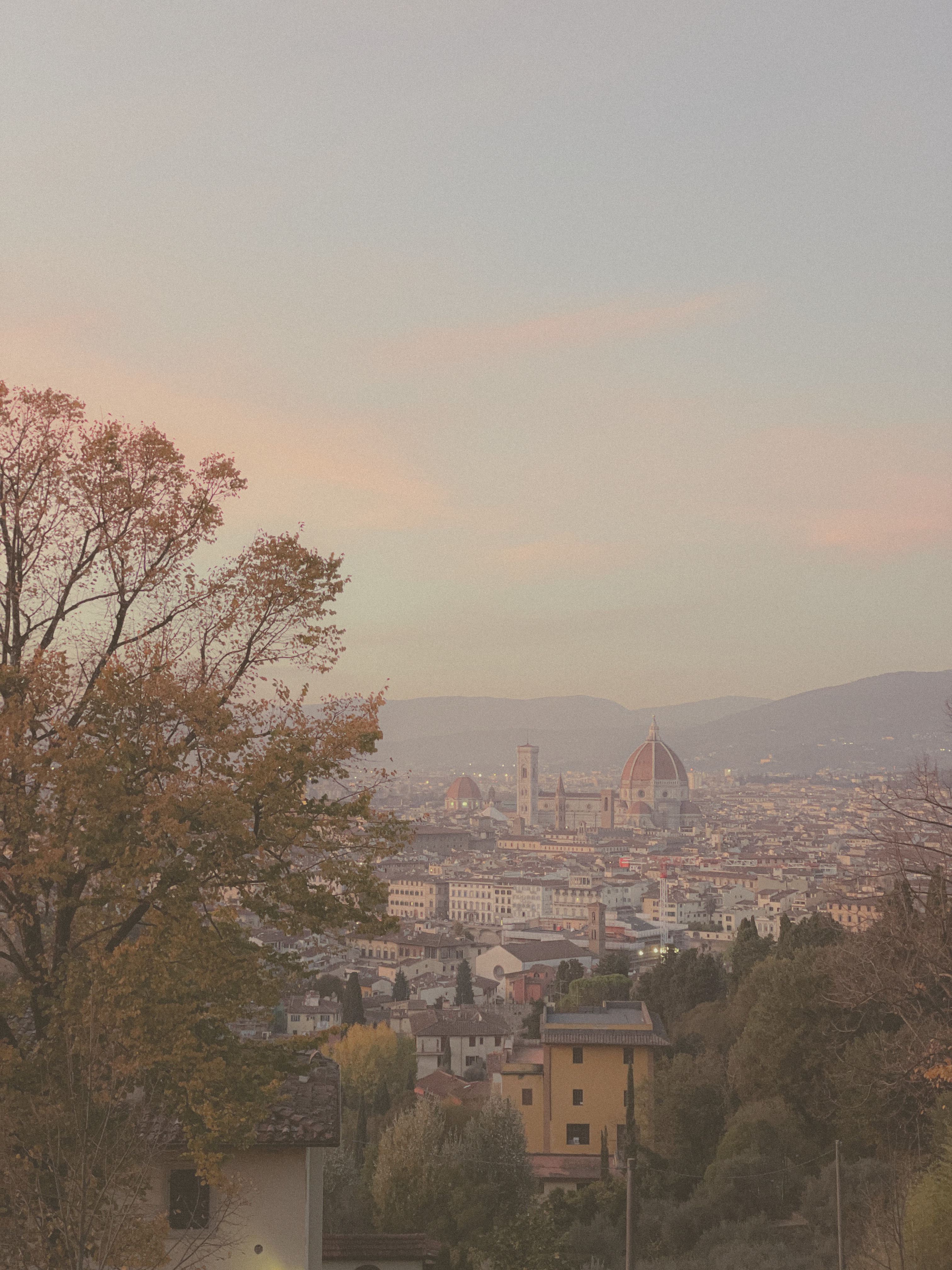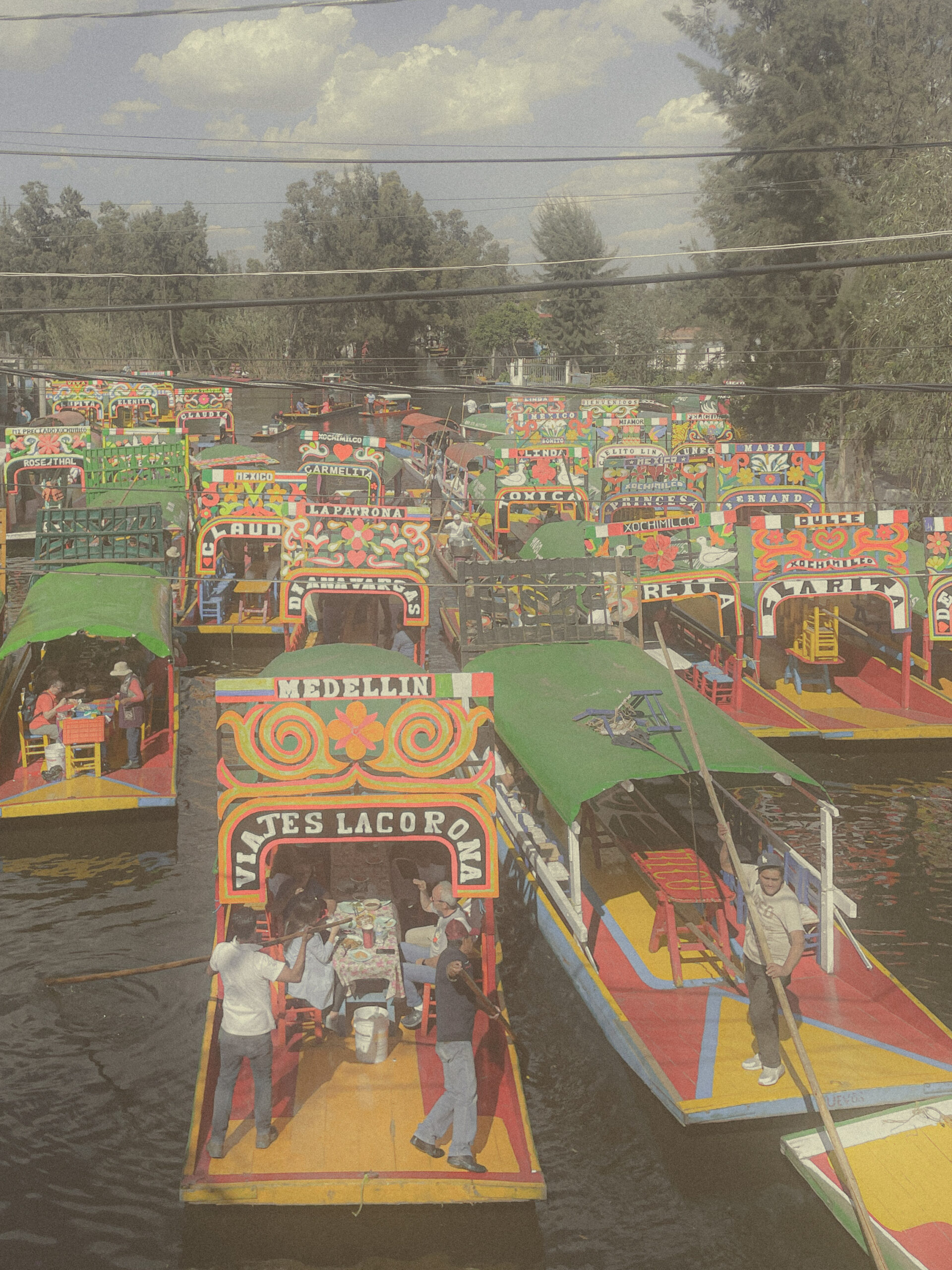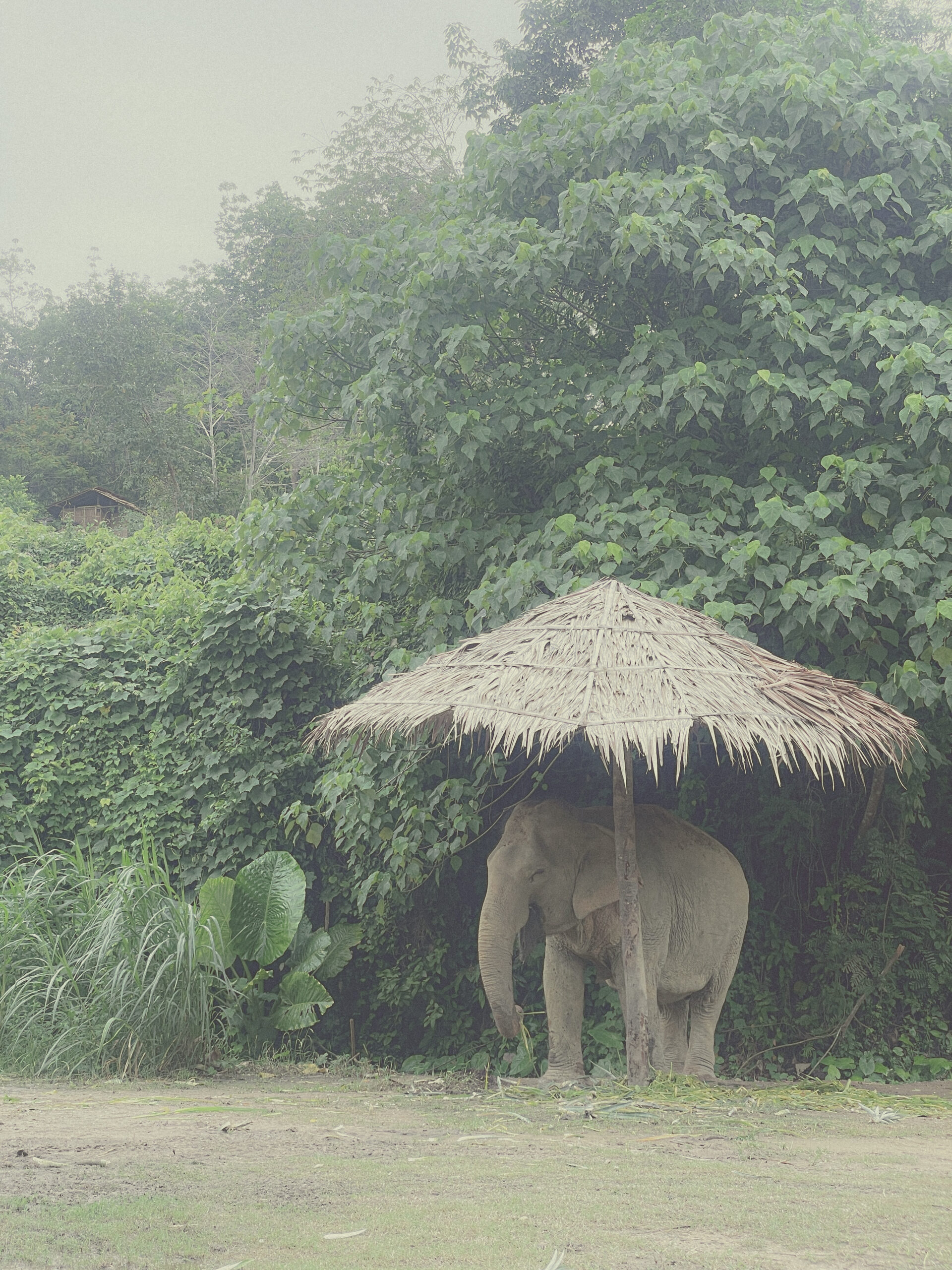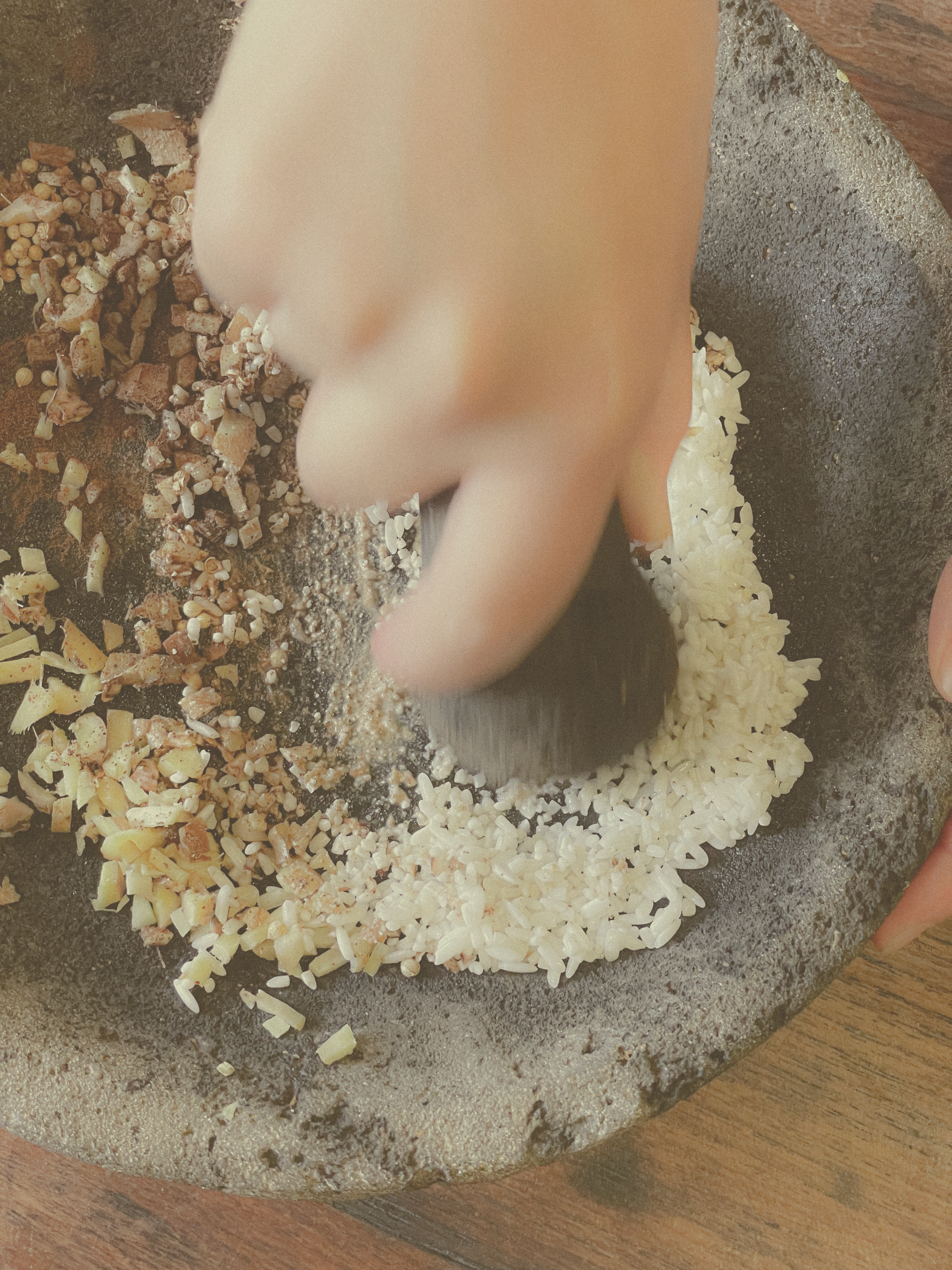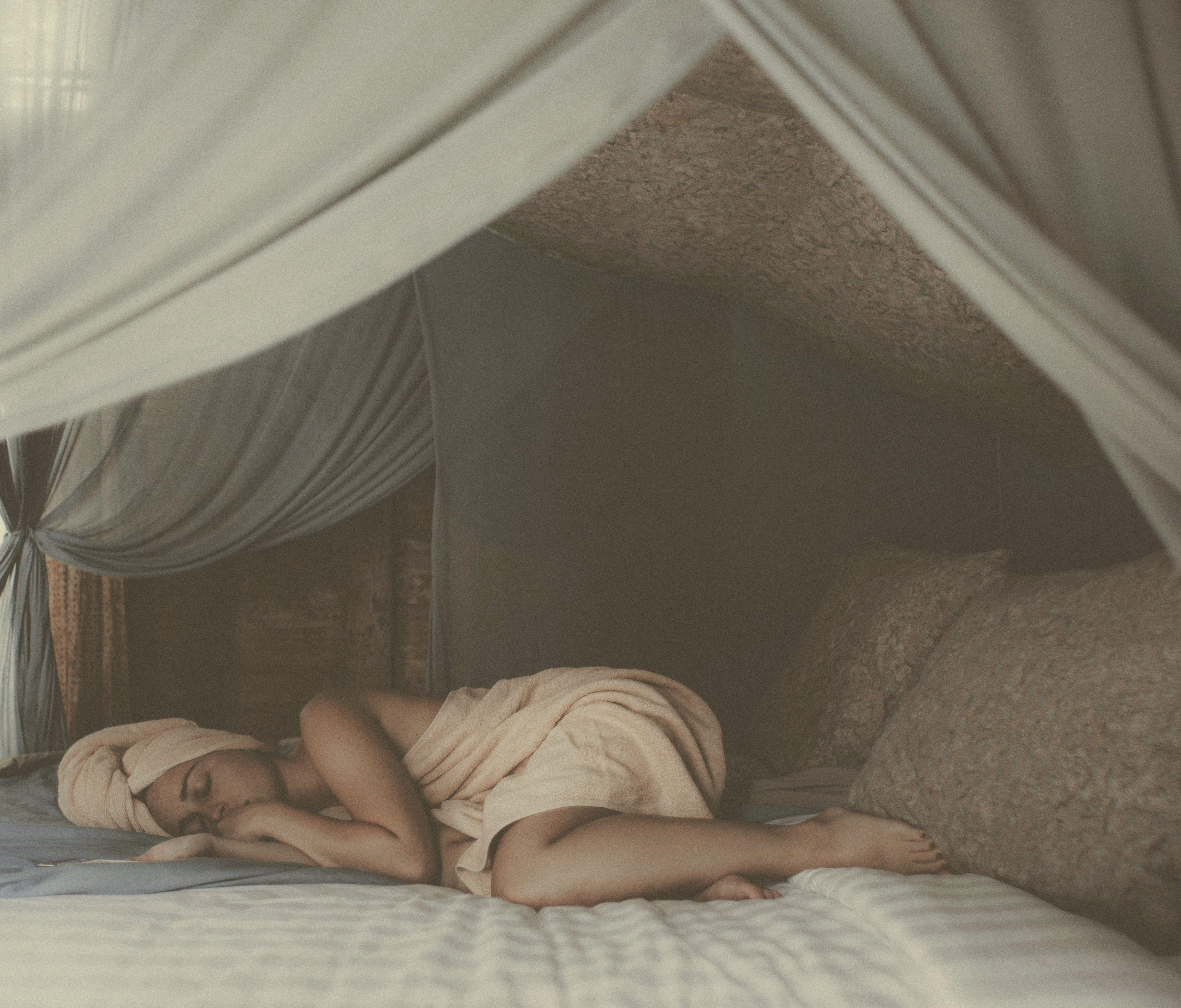With its historic architecture, world-class museums, delicious cuisine, and scenic landscapes, Florence is an ideal destination for a weekend getaway that combines culture, history, and beauty.
But how many days do you need in Florence to fully experience its rich cultural heritage and artistic legacy? With this three-day itinerary, you’ll get a taste of the best things to do in Florence while still having plenty of time to soak up the city’s charms and discover its Renaissance treasures.
Day 1: Arrival and Exploring the Renaissance Heart of Florence
After arriving in Florence, take some time to settle into your accommodations and freshen up. Then, set out to explore the city center, which is full of Renaissance treasures that testify to the city’s artistic and cultural past (and present).
As you wander through the streets, you’ll encounter some of the most iconic sights in Florence, such as the Piazza del Duomo, the main square of Florence, and the stunning Cattedrale di Santa Maria del Fiore, or Duomo, which is one of the most important examples of Renaissance architecture. The cathedral features a red-tiled dome, intricate reliefs, and beautiful stained-glass windows that reflect the city’s artistic glory.
Next, stroll to the Piazza della Signoria, the city’s main square which was once the political hub during the days of the Medici Rule. You’ll find yourself surrounded by Renaissance palaces and sculptures— most importantly, the imposing Palazzo Vecchio, the town hall of Florence, which boasts an impressive tower and a courtyard adorned with sculptures that celebrate the city’s humanistic values.
You can take a guided tour of the Palazzo, but I suggest signing up for the Dan Brown Inferno Tour to see all the hidden passages, a truly unique thing to do in Florence.
In the evening, cross the Ponte Vecchio, one of the most iconic bridges in Florence, to the Oltrarno district, which is located on the other side of the Arno River. This neighborhood is home to some of the best restaurants in Florence, where you can indulge in some delicious Italian cuisine and wine while enjoying the lively atmosphere.
Day 2: Art and Culture in the Renaissance Capital
Florence is famous for being the birthplace of the Renaissance, and there is no shortage of art and culture in this city that was once the capital of the Renaissance world.
Start your day by visiting the Uffizi Gallery, one of the most famous art museums in the world, which houses a vast collection of Renaissance art and sculptures, including masterpieces by Leonardo da Vinci, Michelangelo, and Botticelli. You can also enjoy the breathtaking views of the city from the museum’s rooftop terrace, which is a perfect spot to contemplate the city’s artistic and architectural legacy.
After visiting the Uffizi, make your way to the Accademia Gallery to see Michelangelo’s famous statue of David, which is considered one of the most significant works of art in history and a symbol of the Renaissance ideal of humanism. This stunning masterpiece is a must-see when visiting Florence.
For both museums make sure to book your tickets and timeslots in advance or sign up for a guided tour, otherwise, the wait times can be staggering.
In the evening, grab a bottle of vino and head to Piazzale Michaelangelo for a stunning sunset. Picture this: you’re standing atop a hill, overlooking the beautiful city of Florence as the sun begins to dip below the horizon. The sky turns to a gradient of pink, orange, and gold, and the city below you is bathed in a warm, golden light. This magical moment can only be experienced in one place in Florence, and that’s Piazzale Michelangelo.
You’ll be able to see the famous Duomo, the Ponte Vecchio, and the Palazzo Vecchio, among many other beautiful buildings. And if you’re lucky, you might even catch a glimpse of the Apennine Mountains in the distance.
You’ll be surrounded by locals and tourists alike, all gathered to witness the magic of the city at dusk. It’s a great opportunity to meet new people, strike up a conversation, and enjoy a shared moment of beauty and awe.
Day 3: Discovering Florence's Hidden Gems
On your third day in Florence, venture off the beaten path to discover some of the city’s lesser-explored gems that are not as well-known as its iconic landmarks.
Start your day by visiting the Santa Croce Basilica, one of the most beautiful churches in Florence, which is also the final resting place of some of the most prominent figures of the Renaissance, such as Michelangelo, Galileo, and Machiavelli. The church’s interior is adorned with impressive frescoes and sculptures, and its peaceful atmosphere is a welcome respite from the hustle and bustle of the city center.
Next, head to the San Lorenzo Market (Mercato Centrale), one of the oldest markets in Florence. The market offers a wide range of food and souvenir stalls, where you can taste some of the best Tuscan cuisine, such as cheese, salami, and wine, and shop for souvenirs, and leather goods.
In the afternoon, take a stroll to the Boboli Gardens, a magnificent park that offers a stunning panorama of Florence and a peaceful escape from the city’s crowds.
The gardens, which were created in the 16th century, feature elegant fountains, sculptures, and terraces, as well as a vast collection of plants and trees that create a harmonious natural landscape. You can spend hours exploring the gardens’ winding paths and hidden corners, and enjoy the serenity and beauty of this hidden gem.
In the evening, head to the Santo Spirito district, a bohemian neighborhood that is known for its artsy vibe and alternative scene.
Here, you can find some of the best bars and cafes in Florence, where you can mingle with locals and soak up the authentic atmosphere of the city. You can also explore the artisanal shops and boutiques that sell handmade crafts, vintage clothing, and unique souvenirs, and discover the creative side of Florence that is often overlooked by tourists.

